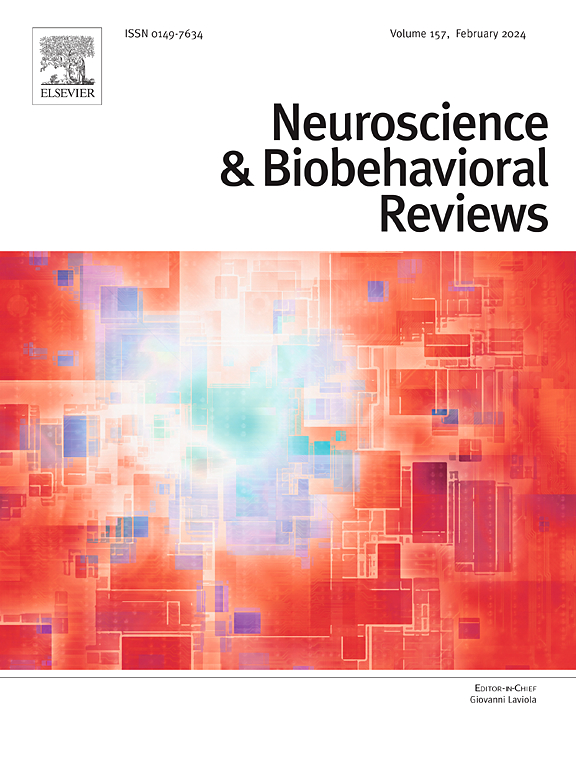猴子在人脸识别方面缺乏人类的行为和神经反转成本。
IF 7.9
1区 医学
Q1 BEHAVIORAL SCIENCES
引用次数: 0
摘要
长期以来,科学文献中一直存在一个困惑,即猕猴是否像人类一样,在识别颠倒的面孔时表现出大幅下降的能力。澄清这一问题是很重要的,因为对倒立脸的表现下降是人类在面部身份识别(FIR)方面专长的标志,而猕猴被广泛认为是阐明这一功能的神经机制的参考动物模型。在这里,我报告了一篇以理论为导向的对行为和神经研究的批判性评论,这些研究经常被引用,因为它们测试了反转对猕猴FIR的影响。我表明,这种混淆主要源于对猕猴的研究,猕猴表现出对直立脸的行为或神经偏好,而不依赖于身份识别,或者将刺激倒置与训练和刺激恒常性相混淆。考虑到适当测试反转对FIR的影响的研究,可以清楚地表明,在猕猴中,这种刺激操作没有行为或神经成本。这一结论与广泛来源的神经功能证据一致,这些证据表明猕猴不能构成有效的人脸身份识别动物模型。本文章由计算机程序翻译,如有差异,请以英文原文为准。
Monkeys lack humanlike behavioral and neural inversion costs in face identity recognition
There is long-standing confusion in the scientific literature as to whether macaque monkeys show, like humans, a large decrease of performance for recognizing the identity of faces presented upside-down. Clarifying this issue is important because performance decrease for inverted faces is a hallmark of our species’ expertise at face identity recognition (FIR), and the macaque monkey is widely considered as the reference animal model to clarify the neural mechanisms of this function. Here I report a theoretically-oriented critical review of behavioral and neural studies regularly cited as having tested the effect of inversion on FIR in macaque monkeys. I show that the confusion originates essentially from studies in macaques showing a mere behavioral or neural preference for upright over inverted faces independently of identity recognition, or confounding effects of stimulus inversion with training and stimulation constancy. Considering studies that properly tested the effect of inversion on FIR makes it clear that there is no behavioral or neural cost of such stimulus manipulation in macaques. This conclusion is congruent with a wide source of neurofunctional evidence indicating that the macaque monkey is not a valid animal model for human face identity recognition.
求助全文
通过发布文献求助,成功后即可免费获取论文全文。
去求助
来源期刊
CiteScore
14.20
自引率
3.70%
发文量
466
审稿时长
6 months
期刊介绍:
The official journal of the International Behavioral Neuroscience Society publishes original and significant review articles that explore the intersection between neuroscience and the study of psychological processes and behavior. The journal also welcomes articles that primarily focus on psychological processes and behavior, as long as they have relevance to one or more areas of neuroscience.

 求助内容:
求助内容: 应助结果提醒方式:
应助结果提醒方式:


